Rights and responsibilities
The Countryside Code
Using public rights of way in the countryside brings lots of fun and enjoyment to many people every year. However, before you set out it is worthwhile checking up to see what you need to know whilst on your journey. The Countryside Code [pdf document] gives you a useful, quick guide to some useful points to remember whilst enjoying the outdoors.
Your rights
- On a public footpath, you have the right to walk along a defined route. You may walk your dog if you keep it under close control.
- On a public bridleway, you have the right to walk or ride a horse or a bicycle along a defined route. Again, you may walk a dog under close control.
- On a byway open to all traffic (BOAT), you may travel on foot, horseback and pedal cycle. Vehicles can use a BOAT but don't expect a tarmacked surface.
You can
- Make a journey, with reasonable rest along the way.
- Take a pram, pushchair, or wheelchair, but expect to encounter stiles on footpaths.
- Take a dog, on a lead or under close control.
- Take a short alternative route around an illegal obstruction.
- Remove an illegal obstacle to get past.
The council's responsibilities
- Maintaining bridges over natural watercourses.
- Signposting and, where appropriate, waymarking of footpaths, bridleways, and byways.
- Upholding the law on rights of way and making sure the public can use them.
- Making grants to farmers or landowners of at least a quarter of the cost of maintaining approved stiles and bridle gates.
- The updating and continuous review of public rights of way on the definitive map and statement. You can view the map at the Town Hall or at the central library. Parish Councils have copies.
- Maintaining and controlling natural vegetation on the surface of footpaths and bridleways. In practice, few field paths receive routine maintenance, you should wear boots or appropriate footwear.
Farmer, landowner, and manager responsibilities
Farmers, landowners, and managers should:
- Know where public rights of way cross their land and maintain stiles and bridle gates in good order.
- Refrain from obstructing the paths and cut back overhanging vegetation.
- Refrain from ploughing a footpath or bridleway, which makes up a headland of a field, or runs alongside a hedgerow.
- Ensure that paths across fields are reinstated two weeks after ploughing.
- Ensure that disturbance to paths following drainage schemes is put right without delay.
- Not allow any bull over ten months free range of any field through which a footpath or bridleway passes.
- Get consent from us before erecting new stiles or gates.
- Provide adequate bridges where new ditches are made, or existing ones widened.
